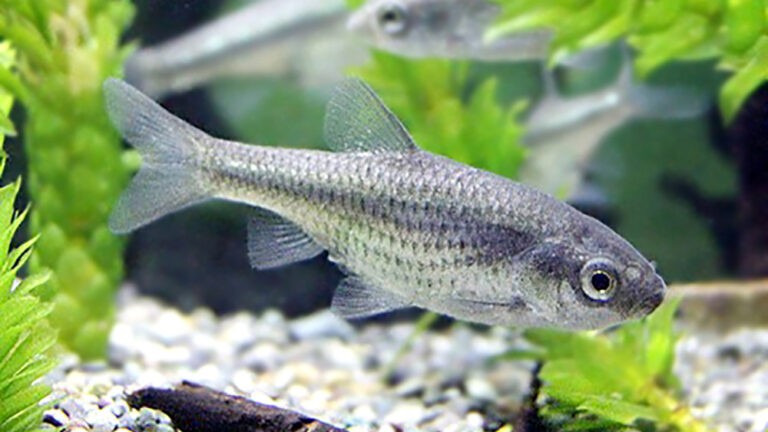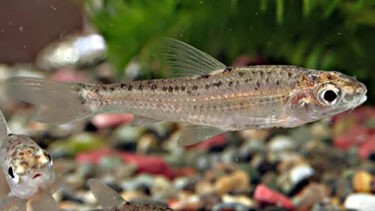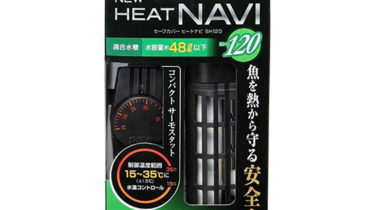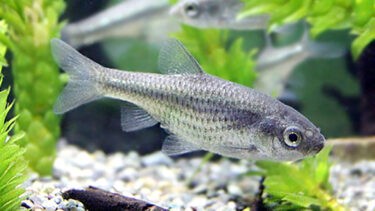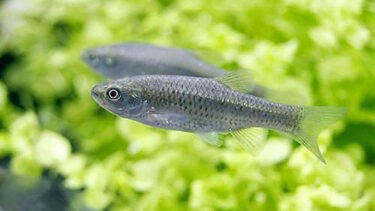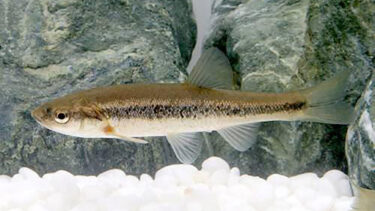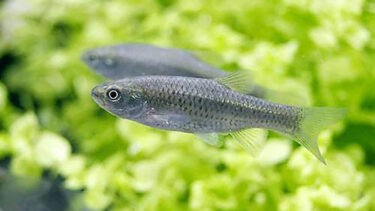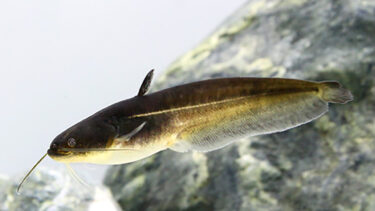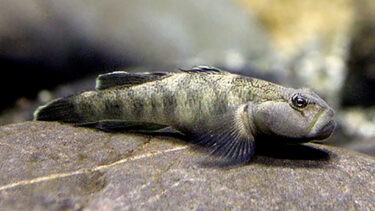Kawabatamoroko is a river fish of the carp family, Carpidae, found in Japan west of Shizuoka Prefecture, Tokushima Prefecture, Kagawa Prefecture, Fukuoka Prefecture, and Saga Prefecture, with a silvery white base, greenish brown back, and grayish brown sides. The Kawabatamoroko belongs to a species endemic to Japan. In this article, I would like to explain in detail the characteristics of the Kawabata Moroko and how to keep it.
What is Kawabata Moroko?
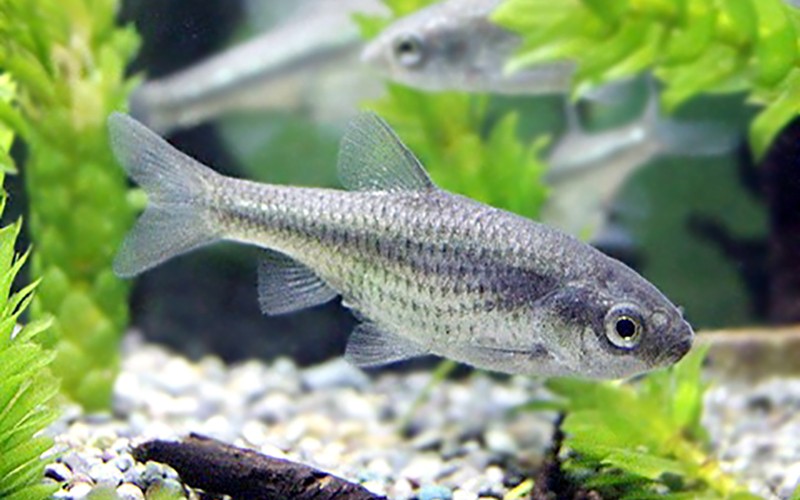
Kawabatamoroko belongs to the genus Kawabatamoroko of the carp family, Carpiformes. The habitat of Kawabata moroko is west of Shizuoka Prefecture in Honshu, Japan (it is not distributed on the Sea of Japan side), Tokushima Prefecture and Kagawa Prefecture in Shikoku (distributed only on the Seto Inland Sea side), and Fukuoka Prefecture and Saga Prefecture in northwestern Kyushu.The Kawabatamoroko belongs to the endemic species of Japan. It is also an endangered species in some places. The kawabatamoroko has a slightly upturned mouth and no mustache. The body color of the Kawabata moroko is silvery white with a greenish brown back. It also has a grayish-brown vertical band on its side that extends from behind the eyes to the caudal fin. The Kawabatamoroko prefers to live in rivers and lakes where there is little current, and often swims in small groups in shallow water near the surface to the middle of the water where there are many aquatic plants such as aquatic grasses.
Itomoroko is a river fish with silvery-white scales with a metallic sheen and black spots on its back. [...]
Ugui are a genus of carp in the carp family, Carpidae, which are widely found in the upper and lower reaches of rivers throughout Japan, with the exception of Okinawa. It is also an attractive river fish with a stylish appearance. This time [...].
How to keep kawabatamoroko
Kawabata moroko can be an easy species to keep if you know how to keep them. The life span of the Kawabata moroko is approximately 2 to 3 years. Their body size is approximately 4 to 6 cm. However, both lifespan and body size vary depending on the environment in which they are kept and the food they are fed. They prefer slightly alkaline to neutral water quality, with a pH of 7.0 to 8.0. They can live in water temperatures between 5-25℃.
A heater is a device that maintains a constant water temperature. If you go to a specialty store that carries heaters, you will find a wide variety of types. Some people may be at a loss as to which one to choose. In this article, we would like to explain about such heaters [...]
Points to keep in mind when mixing swimmers
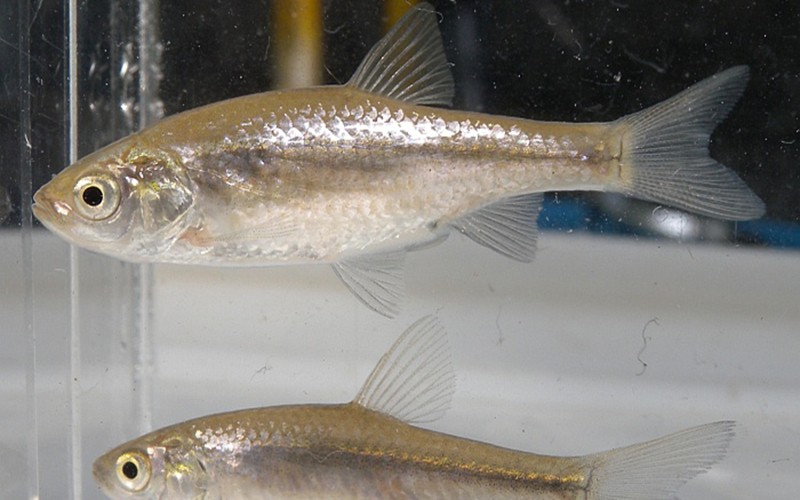
Regarding mixed swimming, first of all, Kawabatamoroko have a mild temperament. For this reason, it is recommended to mix them with species of the same size or medium-sized species such as the rose dragonfly.Kawabatamoroko are omnivorous, so care should be taken when mixing them with smaller species, as they may chase after them. Also, if the mixed species is a territorial species or a chasing species, the kawabatamoroko may become weak due to stress. If you are worried about having them swimming together, we recommend that you add more aquatic plants such as water plants to create a hiding place for them.
Many people think that goldfish are the goldfish that you see at fairs and festivals in the summer, and that there are many different kinds of goldfish. And it is no exaggeration to say that each type of goldfish has its own characteristics, and that is the best part about goldfish [...]
When you go to a specialty store to look at killifish, you will be surprised at the many varieties available. The prices are different, as are the body colors and patterns, so it is hard to know what to choose. So, in this article, I would like to explain in detail about the different types of medaka. Types of Medaka Scarlet Medaka [...].
Points about spawning
Many people who keep Kawabata Moroko want to breed them. In the wild, Kawabata Moroko spawn in the spring. When kept in captivity, the timing when the water temperature reaches around 20 degrees Celsius is the signal for spawning. When it is time to spawn, the male's body color turns a bright gold, a very small trailing star appears on the pectoral fins, and the black line becomes distinct. The female has a black tube, called the oviduct, extending from the rump.When mature males and females are present, they spawn on water plants. They hatch in approximately 24 hours when the water temperature is 25°C. As fry, they consume yokelsacks (nutrients received from their parents) like other species, and then they should be fed with fry food. The fry then grow to adulthood in one year.
Points to keep in mind when keeping kawabatamoroko
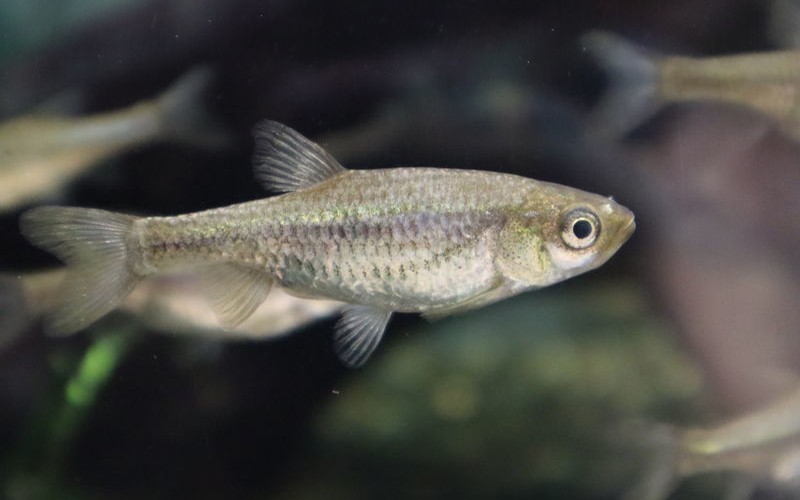
Kawabata moroko is a silvery-white river fish with a greenish-brown back. The Kawabata moroko is endemic to Japan. It is also an endangered species in some places. Since 2020, it has been designated as a rare species of wild animals and plants in Japan.In the past, they lived in reservoirs and streams, and were a common river fish that could be seen around us. However, the number of habitats has been drastically reduced due to the illegal release of non-native species such as black bass and other creatures that did not originally inhabit reservoirs and rivers, and the deterioration of the habitat environment caused by the reclamation and degradation of reservoirs. The species has now become a rare and endangered species throughout Japan. Currently, various local governments are engaged in conservation activities. The kawabatamoroko is an important river fish in terms of education because it is an indispensable part of the traditional Japanese ecosystem. If you are interested in Kawabatamoroko, we recommend that you take a look at them at a specialty store.

